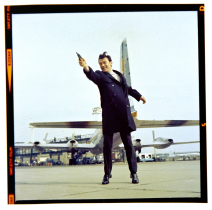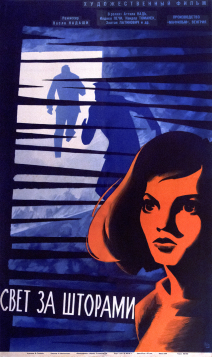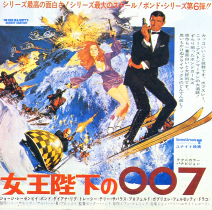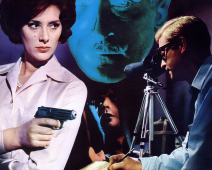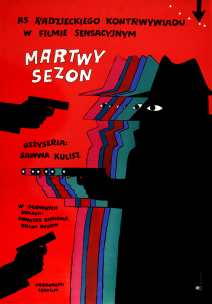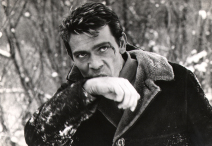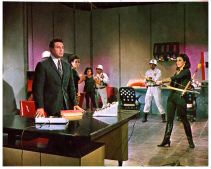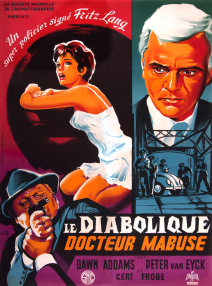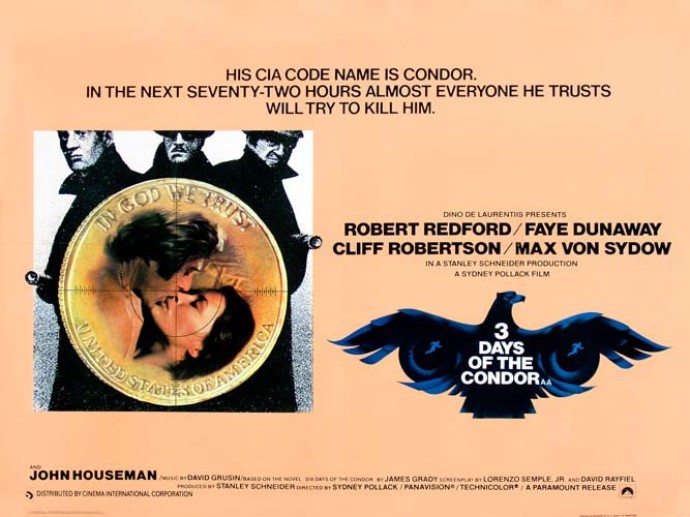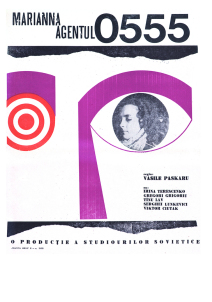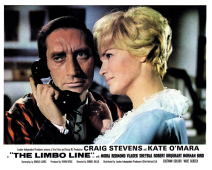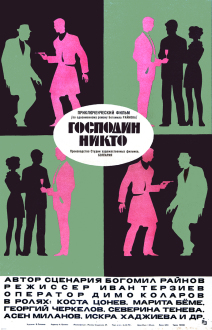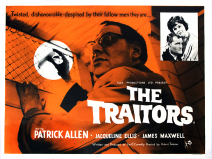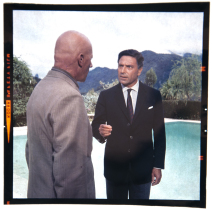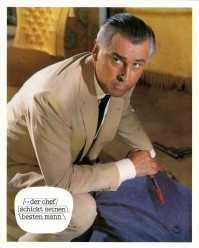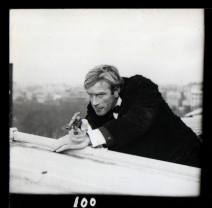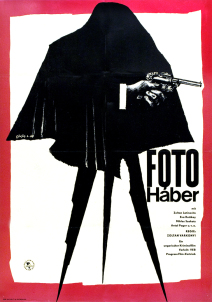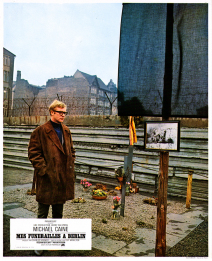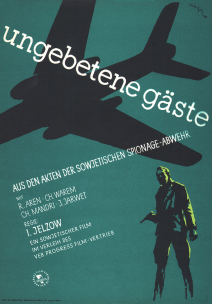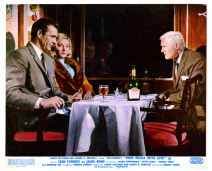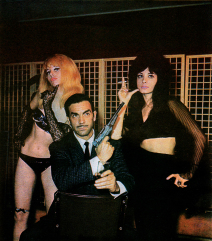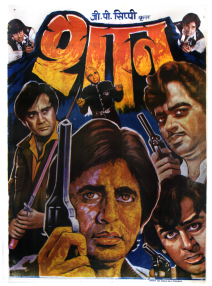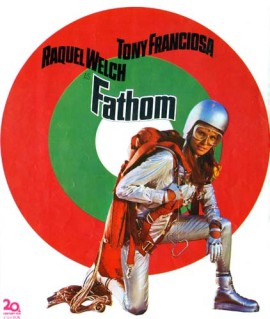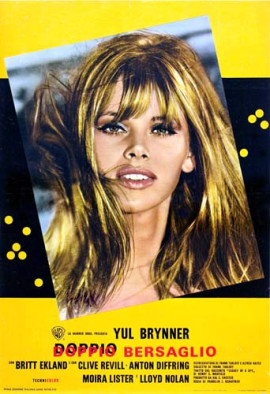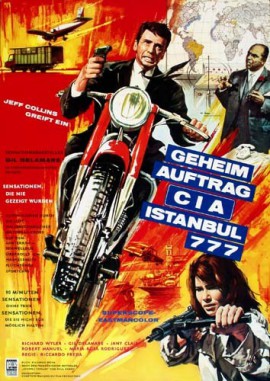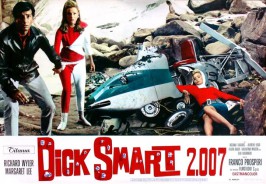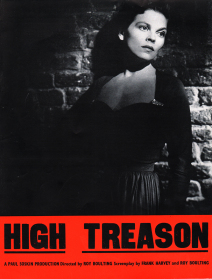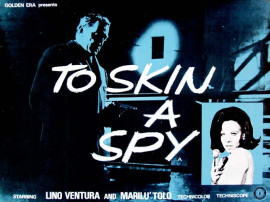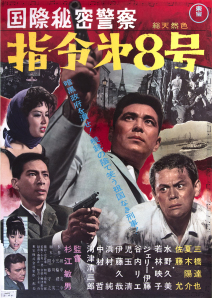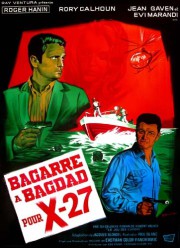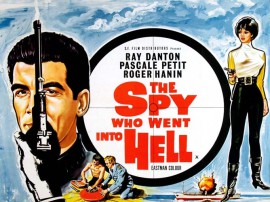Abstracts
“YOU’RE REALLY A MINIATURE BOND”: WENG-WENG AND THE TRANSNATIONAL DIMENSIONS OF CULT FILM STARDOM
IAIN ROBERT SMITH, ROEHAMPTON UNIVERSITY
In 1981, Filipino film star Weng Weng (Ernesto de la Cruz) appeared as Agent 00 in the James Bond spoof For Your Height Only. Reflecting a trend towards imitation in the popular cinema of the Philipines – what Nicanor Tiongson terms the ‘gaya-gaya’ syndrome – the film was to later develop a significant cult in the West both around its diminutive star Weng Weng.
Drawing on the work of Tim Bergfelder on transnational film stardom and Julian Stringer on the issues surrounding camp reception, this paper locates the cult film stardom of Weng Weng within wider processes of cultural globalization – looking specifically at the global circulation of his star image and the underlying tensions and claims to authority which lie beneath these transnational flows.
Therefore, through a close examination of the ways in which Weng Weng’s cult fame in the West relates to his marginal status as ‘other’ both in terms of his physicality (2’ 9” tall) and his ethnicity (Filipino), this paper will consider some of the problematic implications of cross-cultural reception. Furthermore, by exploring how Weng Weng’s role in For Your Height Only functions simultaneously as a spoof of James Bond and Agent X-44, a Filipino spy character, the paper will explore the ways in which his star image is double-coded for both a domestic and international audience. Finally, by considering the mediated processes through which Weng Weng’s cult stardom has developed posthumously including a tribute rap from Canadian hip-hop act The Chuds and an upcoming Australian documentary entitled The Search for Weng Weng (2010), this paper will ultimately argue for the importance of analyzing the transnational dimensions of cult film stardom.
GENRE SMASHER: A POPULAR CULTURE ANALYSIS OF TURKISH B RATE FILMS WITH ESPIONAGE THEMES
İBRAHIM CANSIZOĞLU (İZMIR UNIVERSITY OF ECONOMICS, TURKEY)
Although spy film is not an established genre in Turkish cinema, espionage themes were widely used in many B rate Turkish movies before 1980s. Prominent Turkish Cinema historian Giovanni Scognamillo provides an exhaustive list of these films in his study called “Fantastic Turkish Cinema”. B rate Turkish movie master Yılmaz Atadeniz has a special place in Scognamillo’s historical account. In this paper I would like to analyze two films by Atadeniz both produced in 1970: Spy Smasher: The Man with Seven Lives and Masked Devil. Both films can be considered as a mishmash of horror and espionage themes, erotic cinema and characters inspired by Marvel Comics. John Fiske’s arguments on popular culture will provide the theoretical background in my analysis on the eclectic structure of these films. How genres exported from European cinema and Hollywood are excoporated into Turkish cinema is one of the key concerns of this paper. The question of authenticity is another important debate I will focus on in a larger cultural context. The way Turkish B rate movies export Western culture and create areas of resistance will be questioned throughout my analysis. Finally I will seek for the links between the film text and graphic representation of it in the posters inquiring “the art of being in between” in Fiske’s terms.
THE EUROPEAN-NESS OF EUROSPY: MYTH, MOTIF AND MAYHEM IN EUROPEAN SPY FILMS OF THE COLD WAR
RICHARD RHYS DAVIES (CURATOR, KISS KISS KILL KILL ARCHIVE/EXHIBITION)
The term “Eurospy” describes spy films made in Europe in the 1960’s. This was the golden age of the spy film, social conditions being just right for the fine tuning of the genre. The cold war, sexual liberation, pop art, nuclear paranoia, co-production tax breaks and musical revolution were the ingredients for the cocktail.
In the mid-1960’s Europe was at the centre of a global explosion in spy film production. Between 1964 and 1969, over 400 spy films were made in Western Europe alone. The notion of travel and “Europeanness” were vital ingredients in the Eurospy film genre. This is evident in both genre motifs and the pan-European travel motif. The generic motifs replayed or subverted in European spy cinema between 1064 and 1969 provide a sociological portrait of the era. In the repetition of motifs and mise en scène, patterns of identity in socio-political, historical and cultural contexts emerge.
This paper will be an examination of those genre motifs, European exotica and the influence of co-production.
The majority of spy films made in Europe during the 1960’s were the product of pan-European co-production. Films were often funded by three of four difference countries. As part of the deal, co-producers would seek the inclusion of their own national icons in the film, either in the form of a landmark or an actor. It was hoped home grown stars would make the film more of a success in one’s own country whilst also raising an actors profile internationally. There was patriotism and a kind of nationalist nepotism at work. Budgeting and currency exchange rates also determined locations. Co-productions had the same principle objective as members of the European Union: to promote ones own national identity whilst joining with fellow Europeans to make stronger economic force. By ganging together, co-productions combated American cinematic imperialism whilst also making an impression in the world market.
EUROSPY’S TAWDRY UNDERBELLY: PHOTOGRAPHER GUNDULA SCHULZE ELDOWY AND THE EAST GERMAN SECRET POLICE
MATTHEW SHAUL (HEAD OF PROGRAMMING AND OPERATIONS, UNIVERSITY OF HERTFORDSHIRE GALLERIES)
Far from the glamorous technology driven notion of the international spy-cum-playboy which held sway in the West during the Cold War, or his nemesis the fearless defender of progressive society as mythologized on the other side of the Iron Curtain, the day-to-day reality of spying and surveillance in the German Democratic Republic was a process driven substantially by bureaucracy, institutional in-fighting, a catalogue of ineptitude and, in this case, an almost complete failure to understand the dynamics of contemporary photographic art.
Examining the experiences of documentary photographer Gundula Schulze Eldowy, this paper is an analysis of the Stasi’s (The East German Secret Police) largely ineffectual attempts to constrain an artist’s increasingly socially critical photographic practice, the (international) notoriety that her exhibitions generated and the debates that developed in East Berlin (and beyond) in the mid to late 1980’s around it. I will show numerous examples of her works and draw in the paper on both the Stasi’s observation notes on her and her work (in many cases verbatim reports written by informers – and exposed as such after the collapse of the Berlin Wall – who were part of the artist’s close personal circle), as well as interviews with her an other artists.
I will demonstrate that on many levels, the formidable reputation of the GDR’s internal security apparatus (the yard stick against which many of the world’s most ruthless internal security services have been measured) lay in it’s application of bureaucratic rather than security practices. The paper offers an opportunity to conjecture upon the juxtaposition between the mythology of the spy as a defender against foreign enemies or fifth columnists and the reality of surveillance in the GDR, a state which expended vast resources on spying on its own people.
AUSTIN FISHER (ANGLIA RUSKIN UNIVERSITY)
CHRONICLES OF LEAD: TRANSATLANTIC FLOW IN 1970s ITALIAN COP THRILLERS
In Italy, the 1970s are known as the anni di piombo: a phrase – literally ‘years of lead’ – referring to the wave of politically-motivated violence in this decade. The
simultaneous trend of violent cop thrillers (known as polizieschi) both exploited the perception of a lawless society and unashamedly borrowed from contemporary Hollywood blockbusters. They are
therefore overwhelmingly categorised either as reactionary fantasies of law and order, or as parasitic imitations of American imports. The finer implications of their dialogue with US cinema remain
overlooked.
This paper advances an overdue discourse in Anglo-American criticism of 1970s Italian cinema: that of analysing the complex ways in which US popular culture was negotiated with and appropriated as a
means by which to view, dramatise and resolve neuroses surrounding extremism, terror and the individual’s relationship to societal power structures. While a fluid Italian national identity in which
transatlantic reference points had become ever-present is a key topic, I seek to look beyond such reductive notions as ‘imitation’ or ‘reaction’. This research highlights the nuances of these
cultural exchanges, both by identifying what the filmmakers themselves sought to ‘do’ – politically and culturally – and by asking what inadvertent meanings arise from their engagement with
transatlantic models. Polizieschi are thus situated in a hybrid continuum of politicised popular Italian cinema of the 1960s and 1970s, which gave voice to widespread unease concerning the operation
of the modern state and attendant social breakdown by adapting US cinematic formats.
The paper asks to what extent these films’ recourse to Hollywood genre convention was an enactment of a collective need in Italian society: one of attaching a coherent narrative to an era of extreme
cultural and political disorientation. By viewing these films, not as straightforwardly reactionary polemics, but as repositories of cultural memory and sites of popular trauma, the study considers
how conflicting strands of politics and culture meet within polizieschi.


